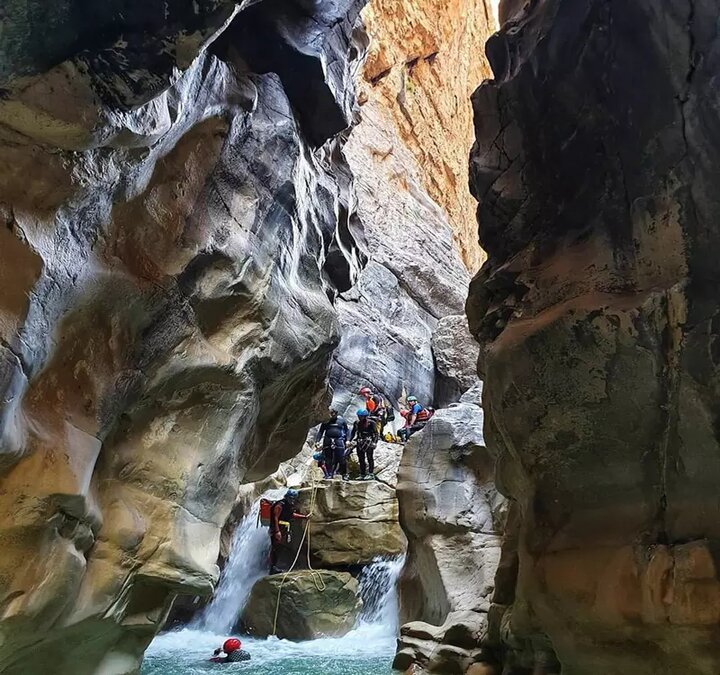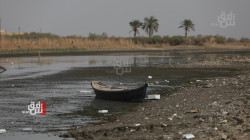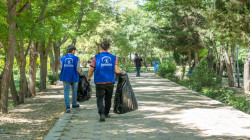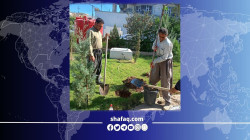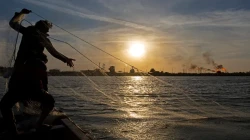Vizhdarvan Valley: Kurdish Ilam’s hidden eco-tourism gem
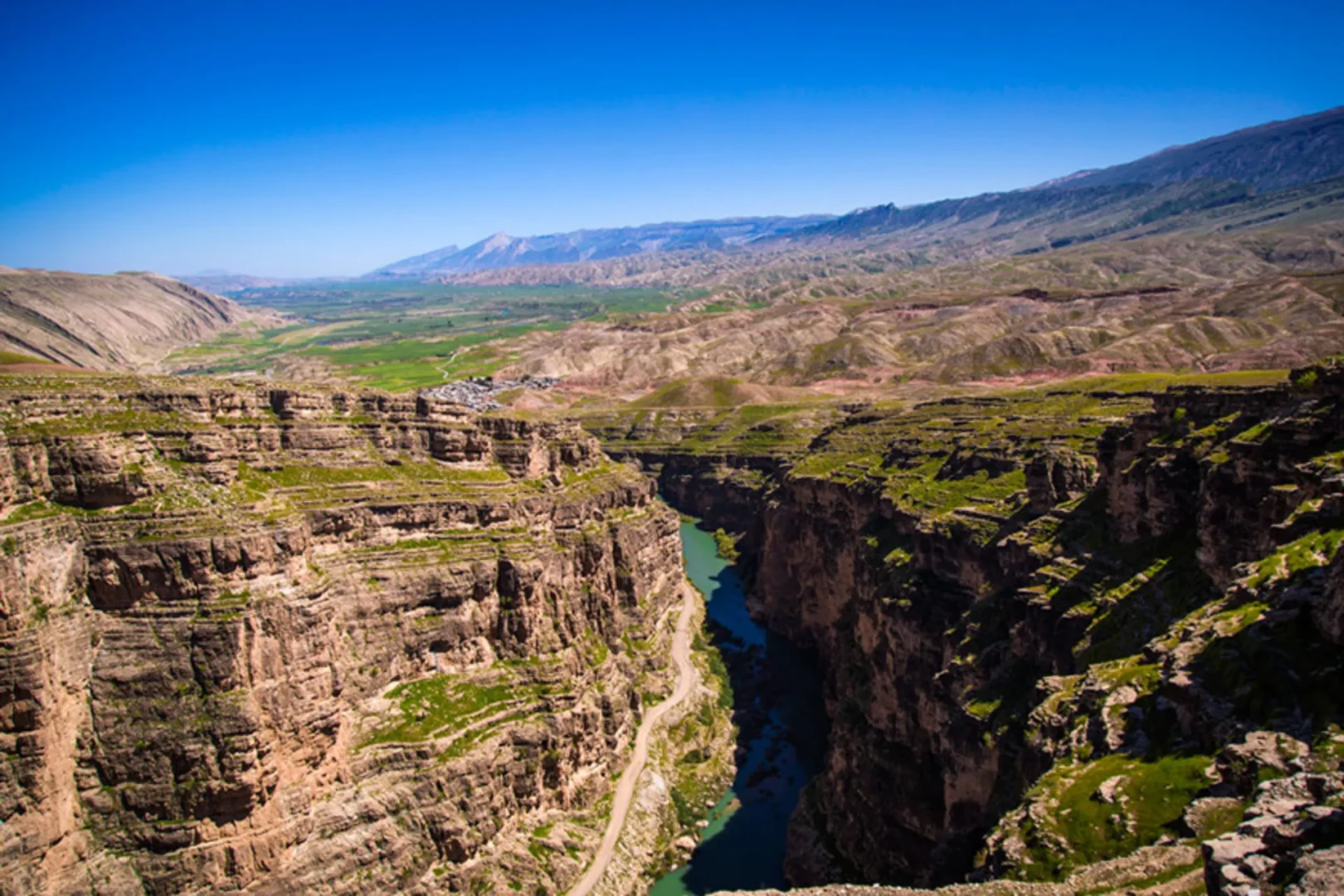
Shafaq News/ Tucked into the forested mountains of western Iran’s Ilam Province, Vizhdarvan Valley is quietly becoming one of the country’s most compelling eco-tourism destinations.
With its dramatic cliffs, prehistoric geology, and rich biodiversity, the valley offers a rare natural escape still largely untouched by mass tourism. Located about 20 kilometers southwest of Ilam city, near the Cham Gardalan Dam, Vizhdarvan draws hikers, nature lovers, and travelers seeking solitude and raw beauty.
Where the Earth Tells Its Story
Perched 810 meters above sea level, Vizhdarvan Valley stretches for six kilometers between rock formations that tower to similar heights. These cliffs are composed of Asmari limestone, a material geologically tied to some of the largest oil fields in the Middle East.
But beyond industrial value, the stone tells a much older story. According to geologists, the valley dates back to the Late Triassic Period—around 200 million years ago. Its contours were sculpted over time by tectonic shifts and seasonal floods, leaving behind a landscape that feels both ancient and alive.
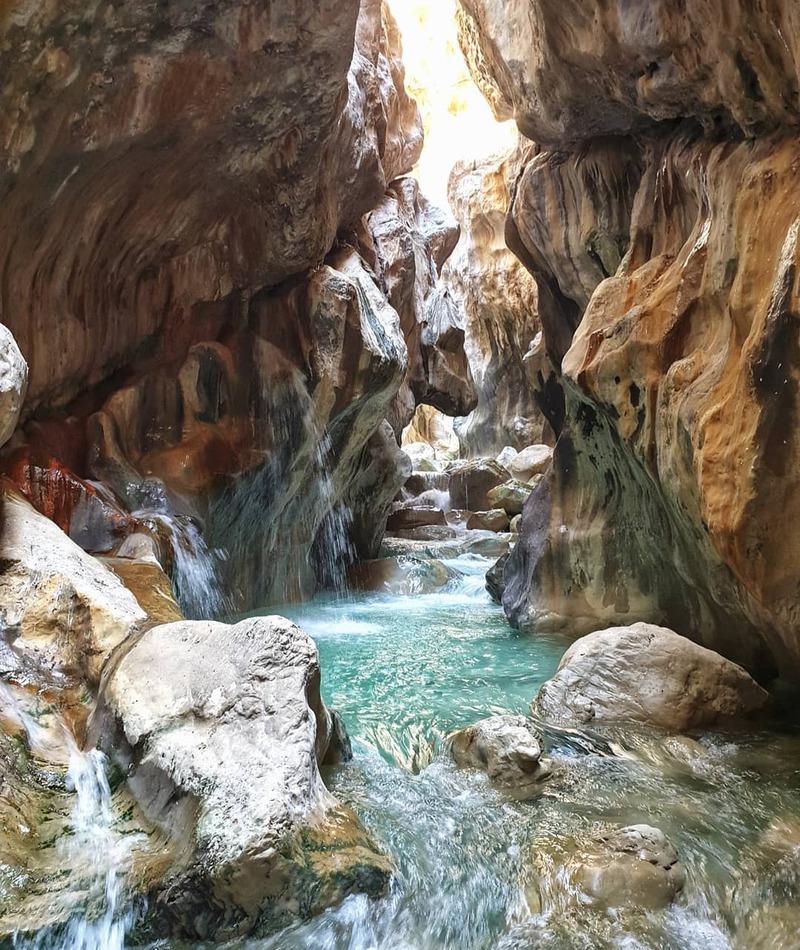
The result is a landscape of sheer cliffs, winding streams, and natural pools, a terrain that captivates both geologists and trekkers.
A Living Ecosystem in a Changing Climate
Though development has been minimal, Vizhdarvan’s ecological importance hasn’t gone unnoticed. Locals recall a time when the valley was home to leopards, bears, wolves, and wild boars—some of which are still occasionally seen in the surrounding highlands. Migratory birds use the area as a seasonal stopover, and its diverse plant life continues to support a resilient ecosystem.
The valley’s name, rooted in the Kurdish language spoken in Ilam, combines “vizh” (deep or windy) and “darvan” (valley), evoking both the landscape’s scale and its mood.
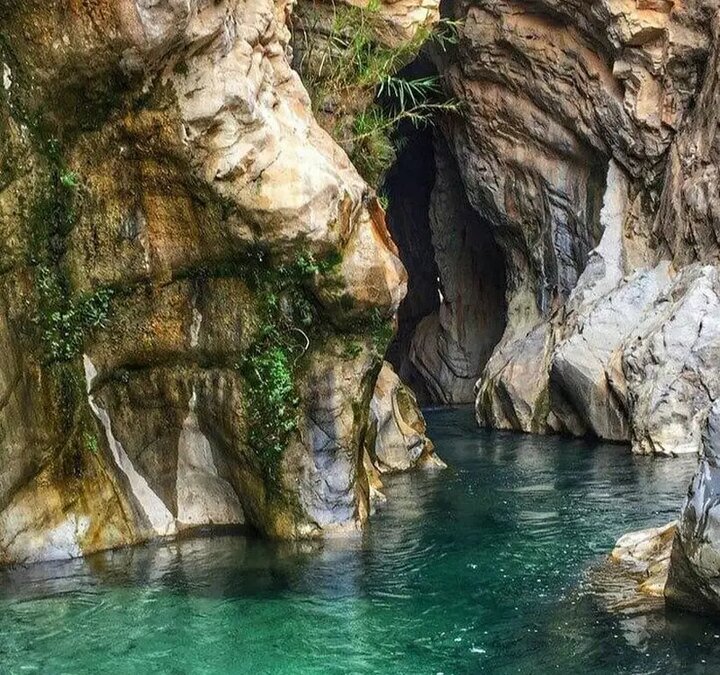
Off the Beaten Path, But Not for Long
For years, Ilam Province lagged behind Iran’s better-known travel regions like Shiraz or Yazd. But in recent seasons, that’s changed. Vizhdarvan, in particular, has begun to attract more visitors, drawn by its dramatic setting and relative accessibility.
The journey begins with a drive from Ilam toward Mehran, passing through the villages of Saleh Abad and Gelan. A marked dirt road leads to Cham Gardalan Dam, but the final stretch is a challenge: seven kilometers of rugged track crossing riverbeds, followed by a two-hour hike to the valley’s heart. Those who reach it find natural pools, sweeping views, and a silence that feels sacred.
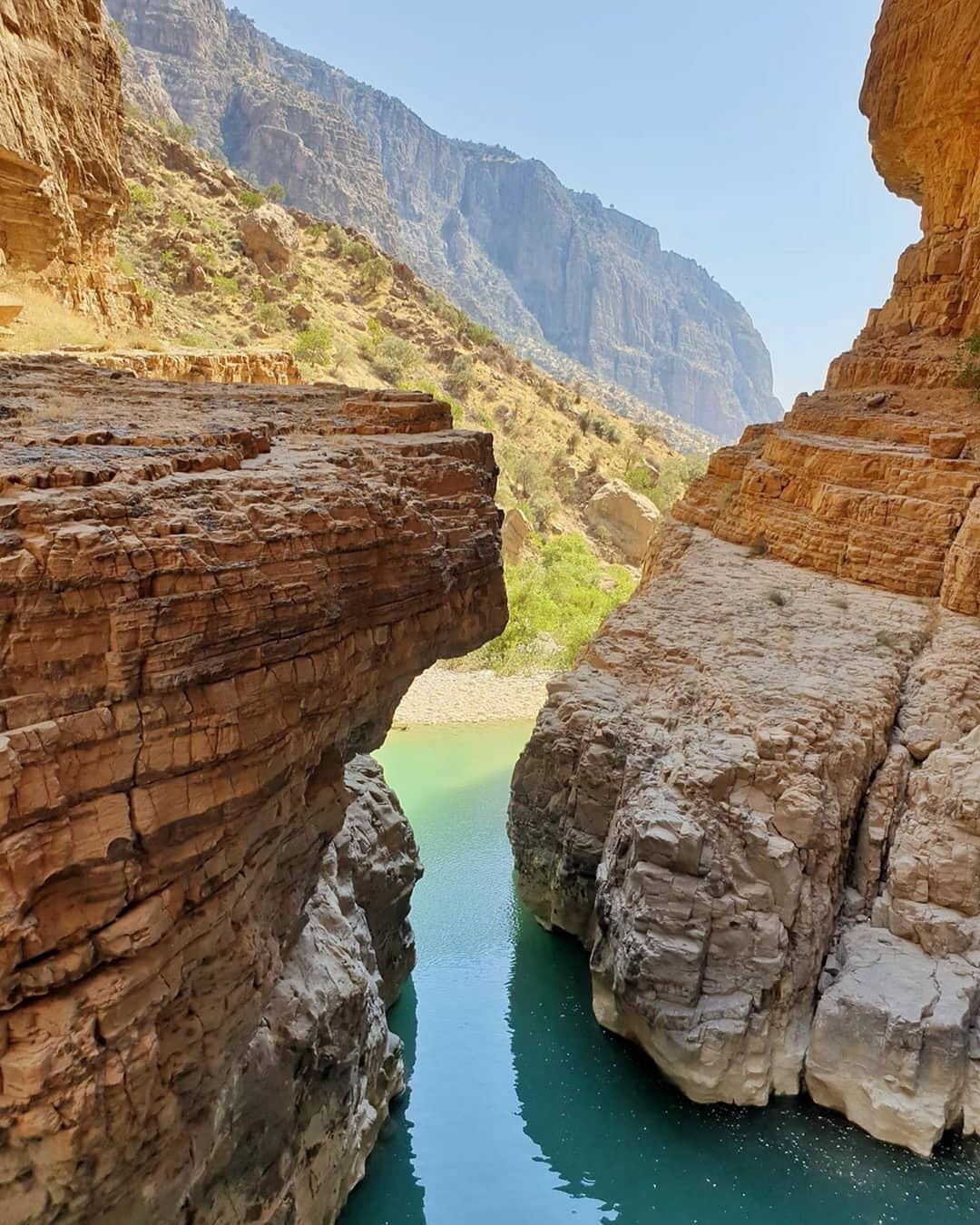
Between Opportunity and Risk
Despite its appeal, Vizhdarvan remains vulnerable. The valley lacks basic infrastructure—no formal trails, no campgrounds, no conservation oversight. Environmentalists warn that growing foot traffic, if unmanaged, could threaten its fragile ecosystem. Trash and erosion are already becoming visible concerns.
Still, for many local villagers, tourism offers a new lifeline. Some now guide treks, cook traditional meals, or host overnight visitors in simple accommodations. For these communities, eco-tourism is not just an economic opportunity—it’s a chance to share their landscape, culture, and heritage on their own terms.
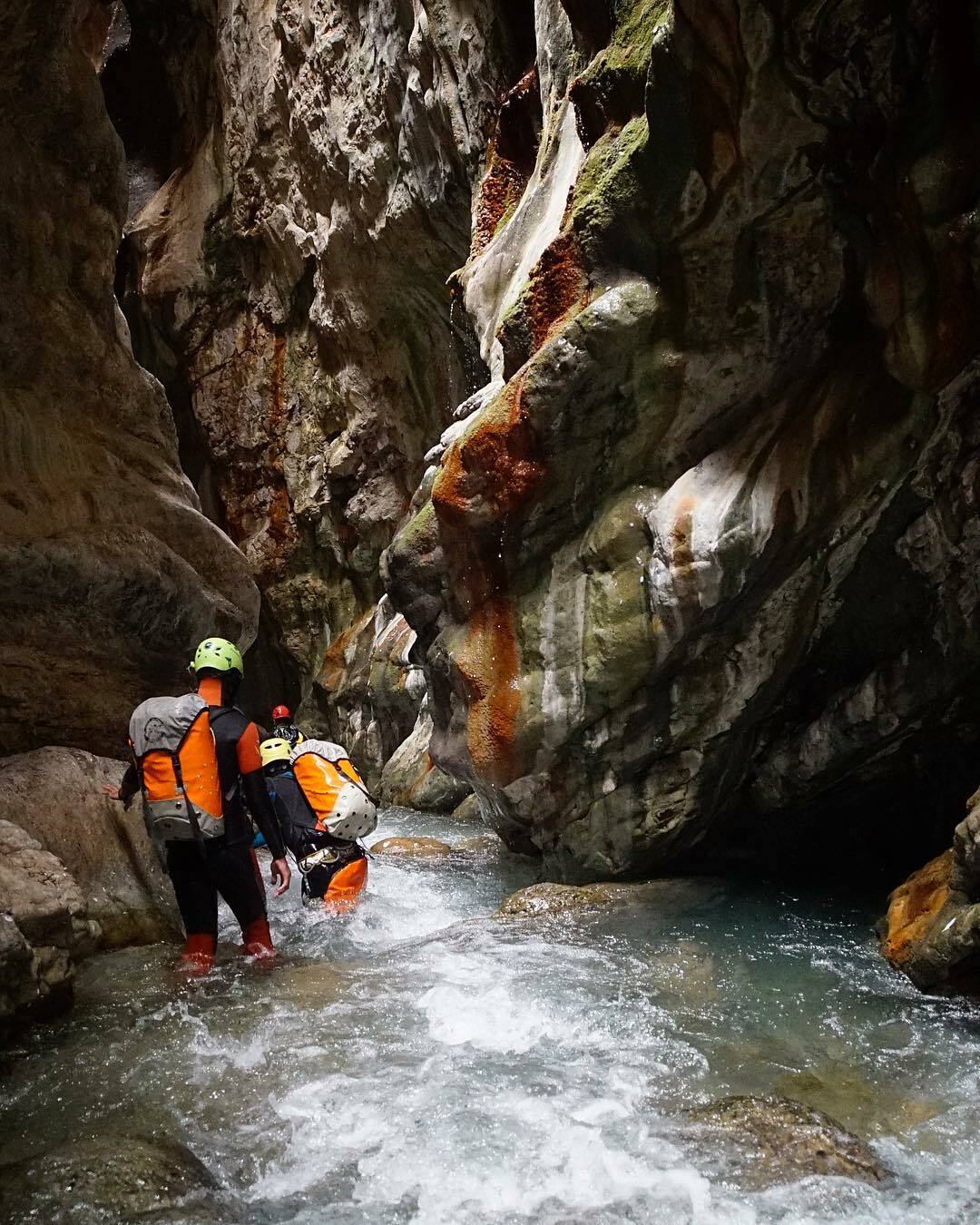
The Road Ahead
Officials in Ilam have signaled growing interest in sustainable tourism development. Plans under consideration include marked hiking routes, designated viewing platforms, and community-led tourism models that keep local voices central.
In a province still recovering from decades of marginalization and war-era neglect, Vizhdarvan Valley is more than a natural wonder. It represents potential—economic, environmental, and emotional. Here, between ancient cliffs and quiet waters, Iran’s future meets its past.
